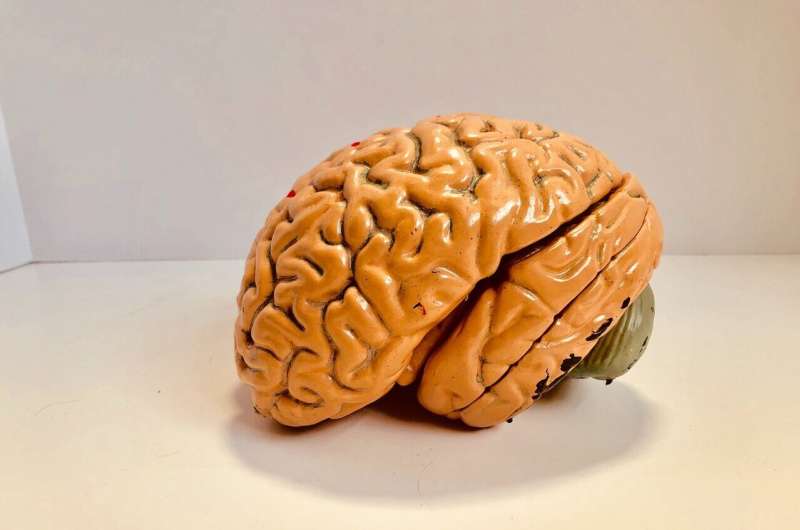Bilingual children may lose less brain matter as they grow up

Children and adolescents who speak more than one language may reach adulthood with more gray matter, according to a new study.
In a paper published in Brain Structure and Function, an international team of academics led by the University of Reading and Georgetown University looked at detailed scans of children's and adolescents' brains and found that bilingual participants had potential advantages of both gray and white matter than similarly-aged children who spoke only one language.
While bilingualism has previously been shown to positively affect brain structure and cognitive performance in adults, the paper is the most comprehensive analysis to date showing that the effect of speaking more than one language may have similar impacts on developing brains.
Dr. Christos Pliatsikas, the leader of the project and an Associate Professor of Psycholinguistics in Bi and Multilinguals at the University of Reading said, "Gray matter in the brain decreases from an early age, but our study found that key brain areas showed less such shrinkage in bilinguals than monolinguals during development."
"In previous studies, we've already seen that bilingualism has a positive effect on gray and white matter in adult brains, but this is the first time we've seen strong evidence for these effects in children and adolescents as well."
Dr. Michael Ullman, senior author on the paper and Professor of Neuroscience at Georgetown University Medical Center, said, "It may be the case that the effects on the brain that we have seen in adult bilinguals have their roots in childhood. We will be looking more at this in future studies."
More gray matter
The brain scans showed that the loss in gray matter that children and adolescents experience during development was less pronounced in bilinguals than those who only spoke one language.
Gray matter refers to the portions of the brain where the bodies of brain cells are found, such as around the surface of the brain (called the cortex). White matter refers to parts of the brain containing the connections between brain cells, allowing them to communicate (the connections are white because they are insulated with fat).
The study found that that the bilinguals kept more gray matter during brain development, and also increased white matter, suggesting more efficient brain communication. In both cases the effects were found mainly in brain areas linked to language learning and use.
Dr. Christos Pliatsikas said, "This is an important study for two reasons. The first is that by looking at the brains of children and adolescents, we can start to see how and when bilingualism has an effect on the brain during language development. While we've previously looked at differences between bilingual and monolingual adult brains at static points, here we see the effect of bilingualism on the brain as we develop."
"Second, the impact of bilingualism on gray and white matter may have a number of wider benefits for language and cognitive function, such as performance in tasks related to attention and executive control, which have been suggested to be enhanced in older bilinguals. Overall, the findings indicate that encouraging bilingualism in childhood may have benefits later in life."
More information: Christos Pliatsikas et al, The effect of bilingualism on brain development from early childhood to young adulthood, Brain Structure and Function (2020). DOI: 10.1007/s00429-020-02115-5




















